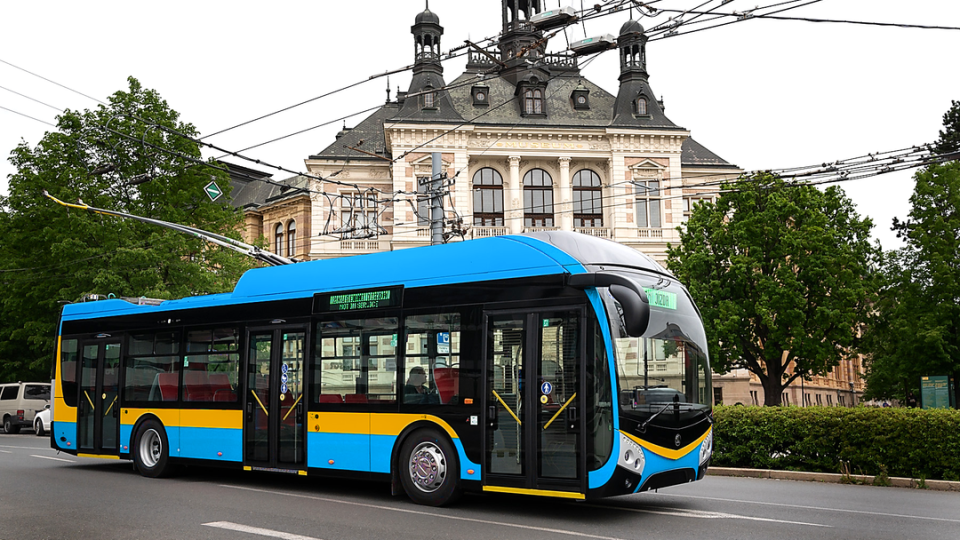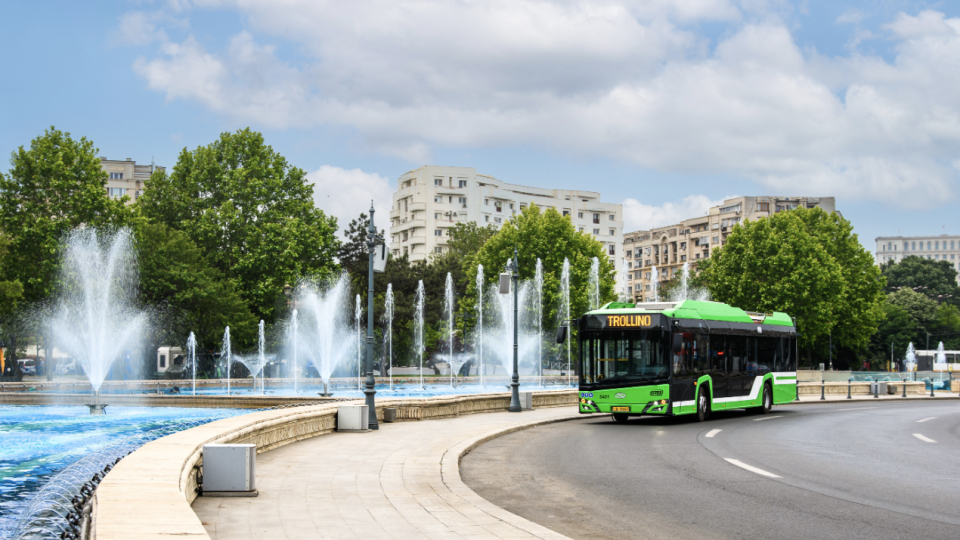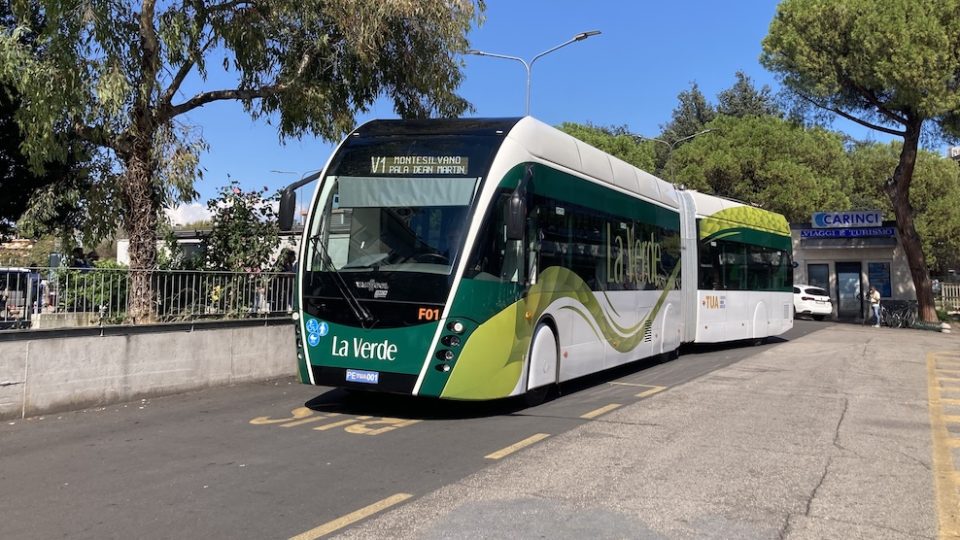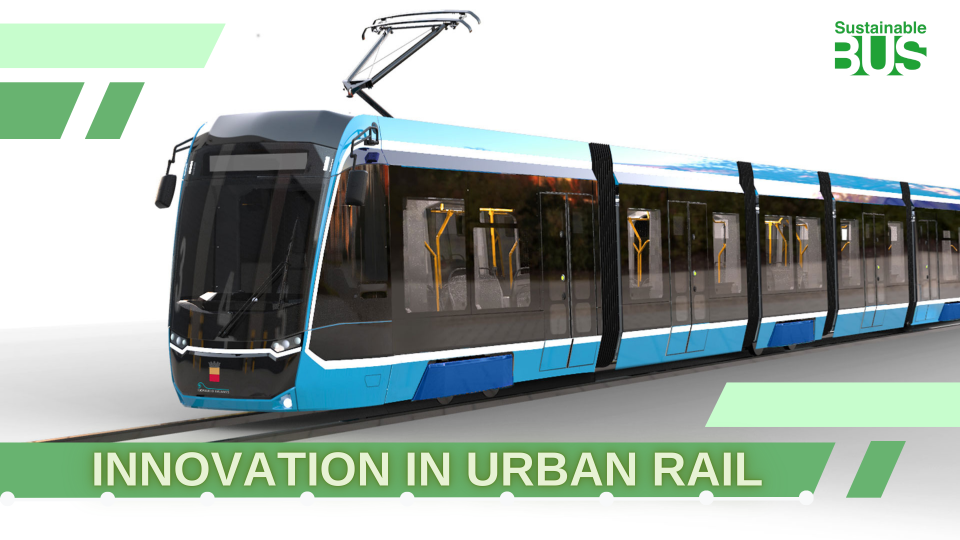Athens plans to replace trolleybuses with battery-electric buses
According to local media reports, the Greek Ministry of Infrastructure and Transport is preparing to retire the trolleybus network serving Athens and Piraeus after more than seven decades of continuous operation. The move includes not only the withdrawal of the remaining 130 trolleybuses but also the dismantling of the overhead electric infrastructure that powers them. […]

According to local media reports, the Greek Ministry of Infrastructure and Transport is preparing to retire the trolleybus network serving Athens and Piraeus after more than seven decades of continuous operation. The move includes not only the withdrawal of the remaining 130 trolleybuses but also the dismantling of the overhead electric infrastructure that powers them.
OASA aims to replace the trolleybuses with 100 new battery-electric buses by 2027, while the national procurement plan envisions the addition of up to 250 electric buses in Athens in the coming years. Yutong is in the meanwhile delivering 250 units in the country.
Trolleybuses in Athens are being replaced
The trolleybus system, originally introduced in 1949 and significantly expanded in the post-war years, became a hallmark of Athens’ public transport landscape. Operated successively by EIS, ILPAP, and later OSY S.A. under the Athens Urban Transport Organization (OASA), the system evolved over time to include dual-mode vehicles capable of operating both on and off the wire. Despite these efforts, the fleet’s average age has surpassed 20 years, and many units—including Neoplan and Van Hool models introduced in 1999—are experiencing growing reliability and maintenance challenges.
Local media highlight that spare parts have become increasingly scarce and costly, contributing to long repair cycles and reduced service availability. The average operating cost is estimated at €4.06 per kilometer, reportedly making trolleybuses the most expensive transport mode currently in operation in Greece. Moreover, fleet productivity is said to be significantly below expectations, with actual kilometers traveled annually estimated at 75% below target. Delays and service disruptions, especially during peak periods, have become a recurring issue.






